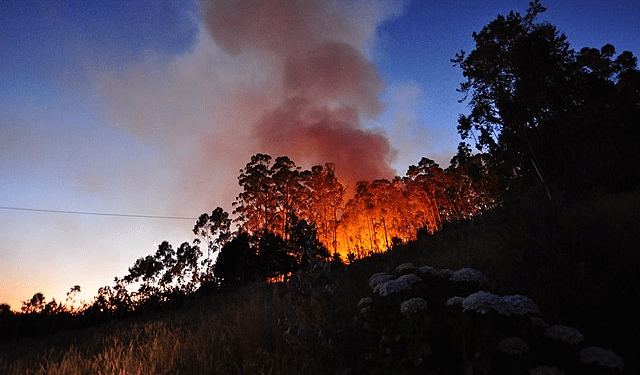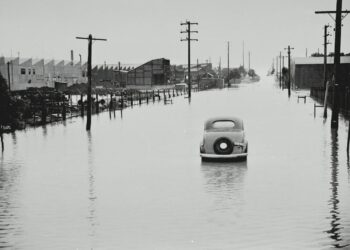How can you reduce the risk of a fire without removing the large trees next to your home?

Just leave them alone
Rake up the leaves and any fallen limbs and twigs, remove any dead branches and prune delicately.
Cover them with tarps.
Every 30 minutes, wet them down.
What business information should you make sure is current before a wildfire threatens your home?

Make sure you have adequate time to take a leave of absence from work in case you need to leave.
Review and maybe renew your house insurance coverage. Additionally, keep a current inventory of your belongings, complete with pictures.
Purchase burial sites in the neighborhood cemetery.
The day you are instructed to leave, get a new fire insurance policy.
What further measures can you take to keep yourself and your loved ones safe while a wildfire is coming if you have to leave the building?

Set aside your plans. If danger is approaching, we may as well take advantage of the present.
Learn about the plans for several frequently visited destinations, such as work, school, places of worship, and grocery stores.
Create a bunker underground, then lock everyone inside.
Keep all automobile key sets hidden.
You need to get an emergency supply kit ready before a wildfire breaks out. What should be included in the emergency supply pack you put together for your family, your loved ones, and your pets?
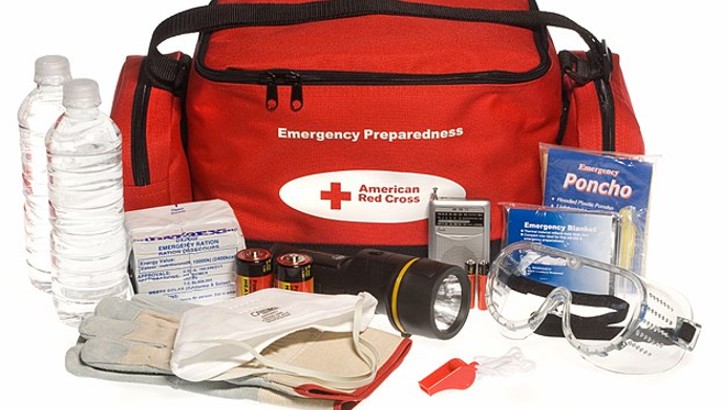
Beer, drink, ammo, and weapons
Like an overnight bag, include your routine for taking care of your face, a hairbrush, your favorite pajamas, and comfortable slippers.
Snacks, beverages, and an additional phone charger
The Basic needs for survival that you and your family, including any pets, need.
What short preparations can help you survive if you are caught outside by a wildfire and have some extra time?
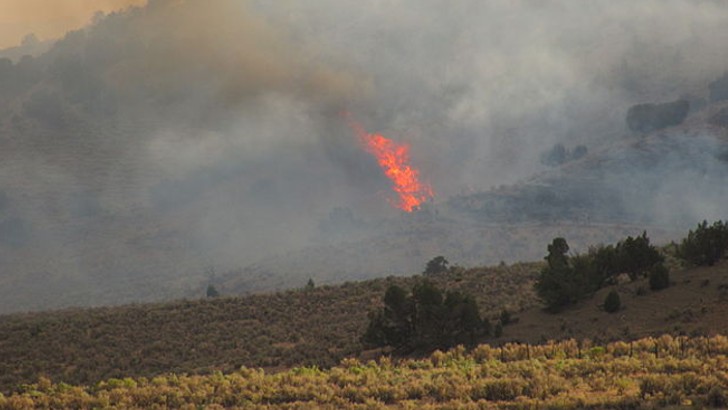
Get inside your sleeping bag, return to your tent, and zip up the flaps.
Cover yourself with a plastic tarp or raincoat and lay down on the ground.
Head straight towards your car.
Create a safe zone around you, clear an area 200 to 300 feet, or find a body of water to place between you and the flames.
A wildfire survival pack should contain more than just food and water. What other essentials should it have?
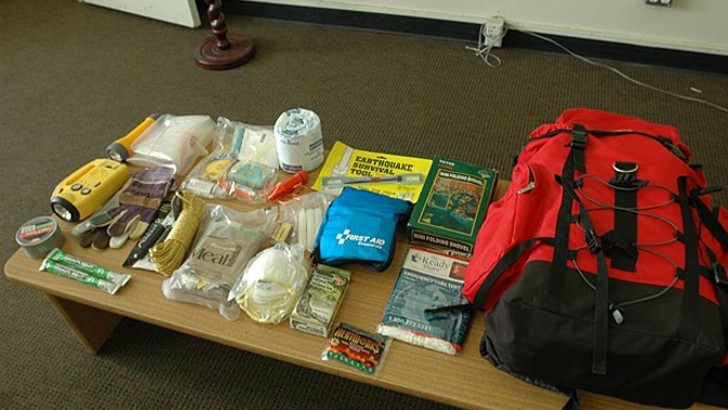
A battery-operated radio, extra batteries, a first-aid kit, a leash, a torch, some paper, a pen, and some toiletries.
If you get the chance to go out, bring nice clothing, hair styling supplies, and a phone book in case the internet connection goes out.
To keep you and anyone with you entertained, bring along a portable television and a selection of DVDs, novels, and comics.
Mobile device with internet access, additional charger, spare tire for the car, firearms, and ammo
What simple preparations can you take to protect yourself if a wildfire suddenly threatens while you are out hiking or camping?

Keep calm and bend over
Call 9-1-1 right away.
Get away from the flames as quickly as you can.
Move as far away from flammable trees and bushes as you can and wet natural materials to cover yourself and breathe through.
How can you make a perimeter around your home that is fire-safe?
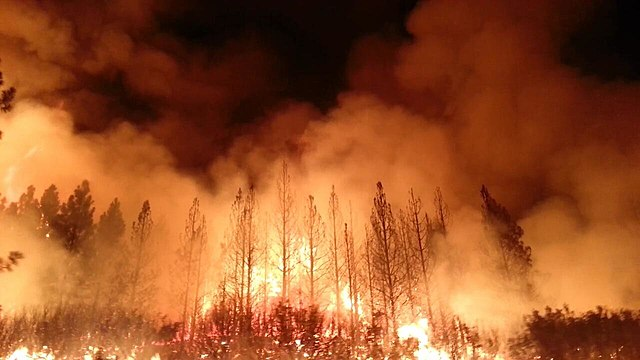
All flammable substances, both natural and synthetic, should be removed and kept at least 30 feet away from your home.
Put wire mesh across the entire area.
Place fire extinguishers outside your home’s front and rear doors.
Wet everything completely every day.
Why are nearby trees and plants hazardous in a region where wildfires are common?
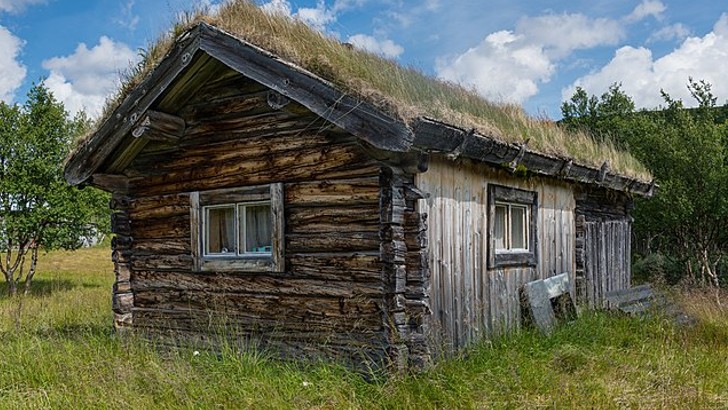
If the wildfire approaches, well-trimmed structures could be harmed.
If some of them burn in the flames and radiant heat, you’ll need to spend a lot of money buying replacements for each.
They might die in the blaze.
They help start wildfires.
How can you assist your animal pals in leaving the house safely if you and your family need to depart immediately?

Decide that leaving the house is too risky for everyone, therefore set aside a space in your house where all humans and animals may reside.
In the hopes that they will flee for their lives, open all the doors and windows.
In an emergency, everyone is out for himself.
Assign each family member the duty of bringing an animal to safety. Have carriers for all smaller animals as well as collars and leashes for larger animals.
What does a house ignition zone mean?

Areas that are difficult to access with a hose or fire extinguisher
A 30- to 100-foot radius surrounding your home that, if flammable materials are present, might contribute to wildfires
The structure of your home, including any patios and porches.
Anywhere outside your property line.
Why is it important to use 1/8-inch mesh screens to seal up every entrance in your house, including vents and those under porches and floors, if you live in a wildfire-prone area?

Up to 1.5 kilometers can be covered by burning embers and debris from a wildfire.
Burglars are deterred by it.
Small animals are prevented from entering and maybe get trapped by them.
The screens enhance the appearance of your home.
What should you do if a wildfire is approaching and you are unable to leave your house?
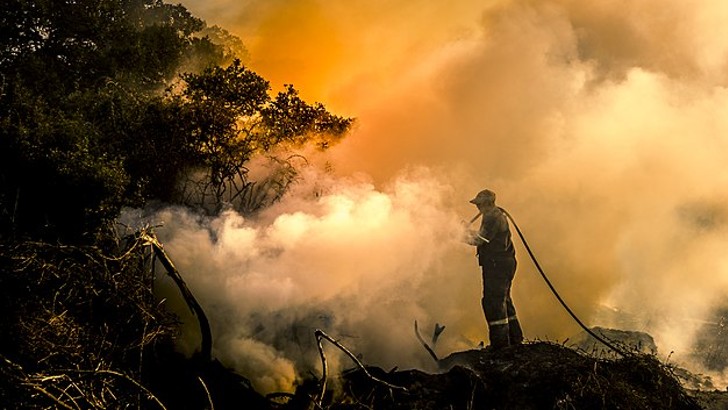
Wet down your home’s interior and everyone within.
Leave a clear area in the center of the room for everyone to sleep by opening all windows and doors and relocating all furniture against the walls.
Get everyone into the garage so you can easily get to your car if you get nervous and decide to leave at the last minute.
Dial 9-1-1 and tell the authorities where you are, how many people and animals you have inside, and whether you want any particular help.
What kind of weather makes it more possible for wildfires to start and endanger houses, animals, trees, and vegetation?

Blustery and windy
Wintry
Hot and Dry
Rainy and wet
What safety measures should you take to protect yourself, your family, and your pets if you are not instructed to leave as a wildfire approaches?
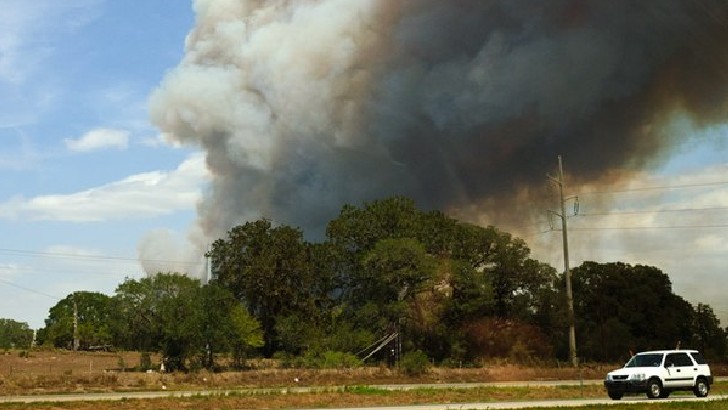
Tarpaulins for everyone, and instruct them to lie down and cover themselves and any animals with the tarps if the fire is getting close.
Make arrangements for short-term housing at the house of a family or friend in case you wind up receiving an eviction notice.
Let fresh air come in as much as possible by opening all doors and windows.
Make sure you have a lot of alcohol on hand, along with food for both people and animals.
Even if you leave your region before a wildfire threatens it because of its unpredictable nature, you could still be trapped in the approaching flames while driving. What actions can you do right away to get ready for the coming firestorm if this happens?

If at all possible, park beneath an overpass, cover yourself with natural fabrics, block all outside vents, and raise all windows.
To remain as cool as possible, get out of the automobile and lay down on the ground.
Lower all windows and open all vents to let in as much fresh air as you can.
Park the car under a tree and crawl underneath it.
What specific actions should you take to ensure everyone, including your pets, is safe if a wildfire is heading straight for your home?

A fire extinguisher should be present in every area, including the restroom.
Purchase enough face masks at the drugstore for everyone, including pets
Assign specific items that each person must carry, such as a cell phone, a torch, and a battery-operated radio.
Make sure everyone, especially youngsters, is familiar with two escape routes from the house and each room.
You need to stay calm and set priorities to prepare yourself psychologically before any calamity strikes and before making any physical preparations. “The Rule of Three” for Survival is what?

You cannot live without the internet, music, or power.
You need weapons, water, and fresh veggies to live.
You can live without food for three weeks, water for three days, shelter for three hours, and air for three minutes, but you can only live without hope for three seconds.
Protein bars, water, and beer are sufficient for one month of survival.
How can you further defend yourself and stay alive if you are stuck outside while a wildfire roars toward you?
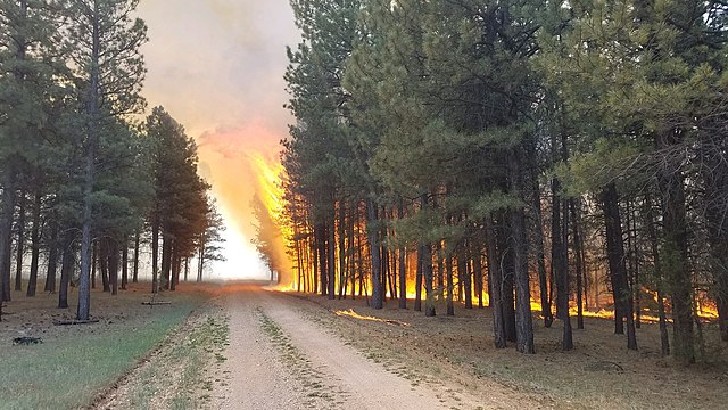
Breathe into a paper bag you have in your hand and run away from the flames.
Find cover in a low ditch or rocky region since there is less clean air around a fire there.
Spread your limbs out to keep as cool as possible while lying face down in a grassy location.
Climb a tree.
What kind of fence works best to avoid spreading flames in a wildfire-prone area?
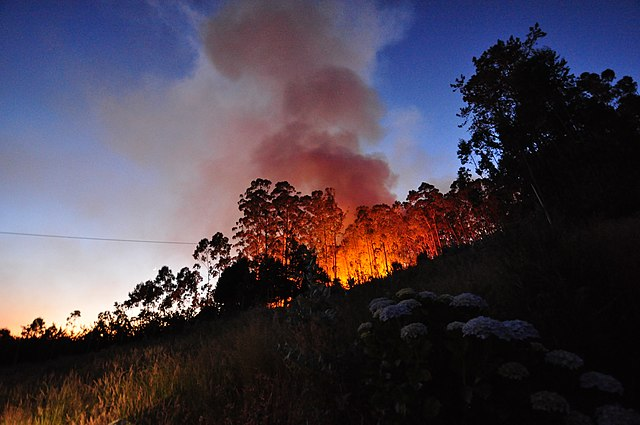
Nothing
Hurricane-proof metal fence
Stone or rock
Wood
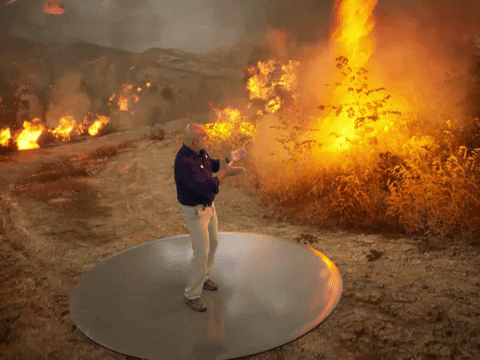
Failed. You Are Not Knowledgeable Enough.

Well Done. You Know About Wildfire.
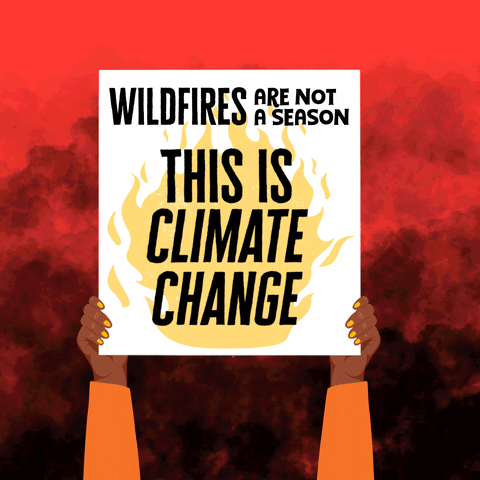
Awesome. You Can Survive the Wildfire.
[giveaway id=12098]

